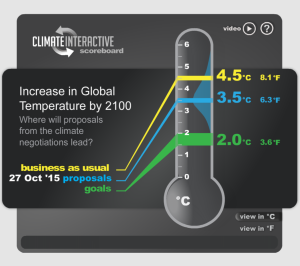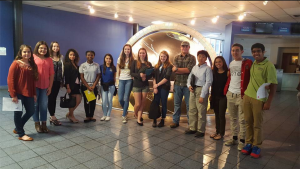Children Solve Global Warming at COP 21 United Nations Simulated Climate Negotiations
While the world’s climate negotiations are taking place in Paris at the Conference of the Parties (COP21) at the United Nations Conference on Climate Change, a simulated negotiation took place here, in Miami, on December 5th at the Frost Museum of Science that included 60 high school students from the Upward Bound program along with 120 students from StarBot Academy, Breakthrough Miami’s middle school STEM Program. I was proudly asked to act as a Climate Advisor to some of the children and was assigned to the group that represented the world’s developing nations including Pakistan and the Middle East, South Africa, Brazil, Mexico, and the Island Nations.
 |
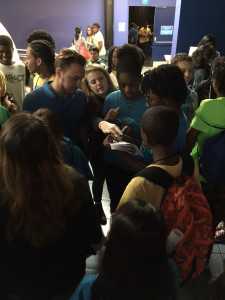 |
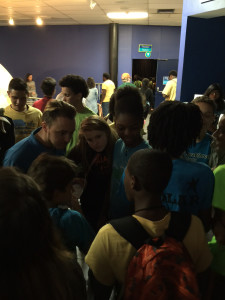 |
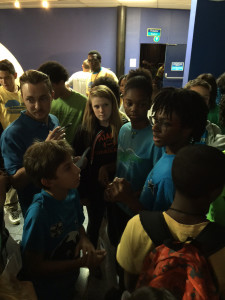 |
The program, which was sponsored by Breakthrough Miami, the Patricia and Phillip Frost Museum of Science, Dream in Green and the University of Miami’s Rosenstiel School of Marine and Atmospheric Science was a mock-UN climate negotiation that educated the children on climate change including social and economic impacts to the world’s various nations. It was fascinating to see the depth that children as young as middle schoolers undertook in considering how a changing climate will impact jobs, industry, technology, agriculture and, of course, various aspects of the environment. I am not surprised by the children’s understanding of these issues, I see such reactions all the time as I present my Sink or Swim initiative to children, but it sure was encouraging.
Organized by Climate Interactive’s World Climate Project, the children not only learned about many climate related topics but used a policy decision making simulator called C-ROADS (Climate Rapid Overview and Decision Support), which was developed by the Massachusetts Institute of Technology, Climate Interactive, the University of Massachusetts at Lowell, and Ventana Systems. The children from each country or group of countries then created an action plan that addressed the concerns of their member nations and then entered into robust, often passionate, debate from the auditorium stage as they argued their position and facts in support of their temperature goals.
 |
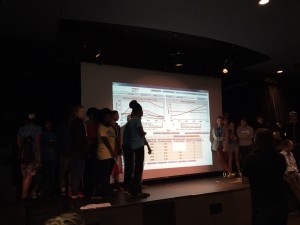 |
It was a wonderful experience being with the children and so many passionate people. I am also happy to report that working together, negotiating with one another, we were able to set climate temperature goals (an increase of no more than 2%) that, if the world’s ‘real’ (current) leaders can accomplish the same result that the children did will lead to tremendous improvement in the future. To the children that participated, as well as the sponsors, thank you for allowing me to be with you. To those who are negotiating the real agreement in Paris, please do your best to set the most aggressive goals possible and know that what you are doing will soon be in the hands of the children that were with us here in Miami and around the world. We, the children of the world, are counting on you and if a bunch of kids can come to a helpful agreement then we expect you can too.
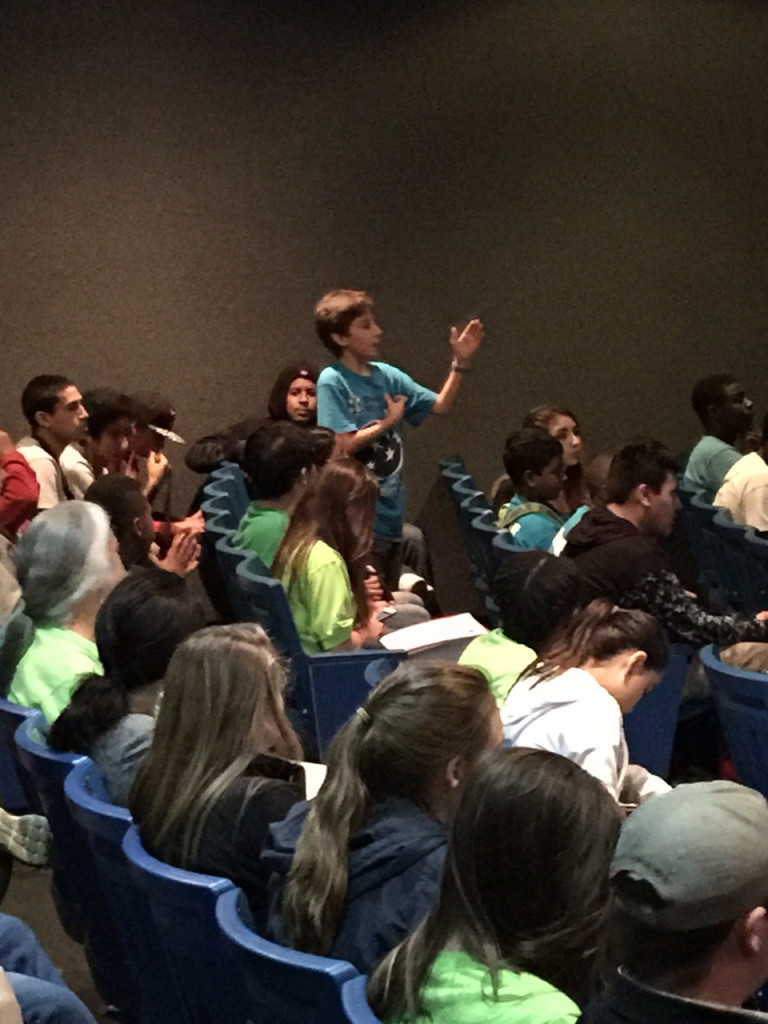 |
 |
 |
